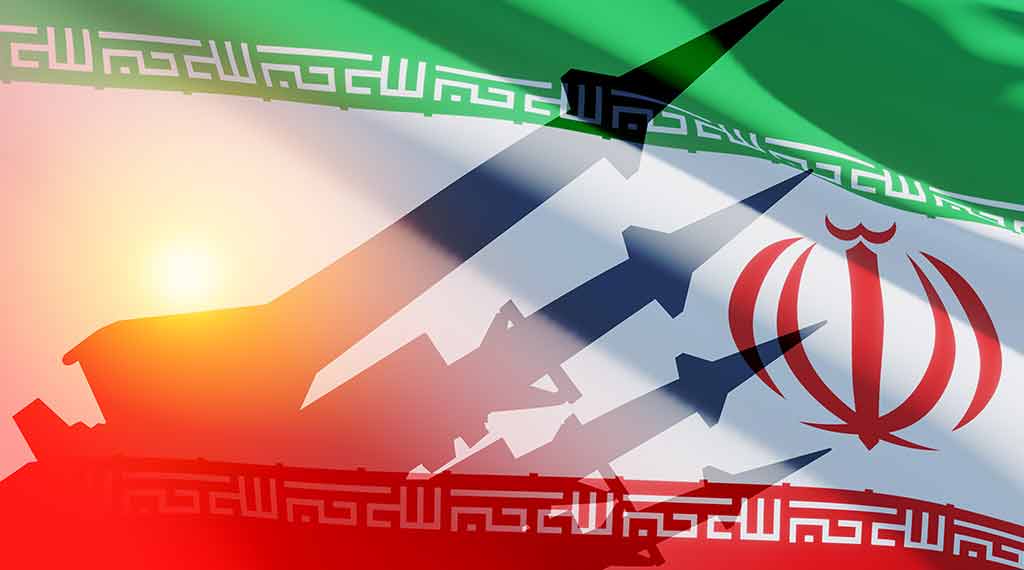
The military cooperation between North Korea and Iran, detailed in a recent UN Security Council report, highlights a concerning trend in the exchange of long-range missile technologies and weaponry. This partnership, rooted in a mutual opposition to the United States, has strengthened since the 1980s, particularly after North Korea became a significant arms supplier to Iran during the Iran-Iraq War. North Korea’s contributions have extended beyond sovereign states, supplying rogue proxy groups in the Middle East with weapons and missile technology. The cooperation includes the transfer of North Korean-made projectiles to Iran and its proxies, with evidence of North Korean weapons used in attacks against Israel. Notably, North Korea has supplied Iran with critical missile components, enabling the development of ballistic missiles capable of striking targets far beyond their borders. This alliance not only facilitates the evasion of international sanctions but also poses a significant threat to regional and global security, as it enhances the military capabilities of both nations and their affiliated proxy groups.
- US Stands Up New Drone Strike Force in the Middle East - December 9, 2025
- Has Russia Finally Sold its Su-35s to Iran? - December 2, 2025
- Iran’s Growing Missile Arsenal Is a Challenge for Israel - November 18, 2025
